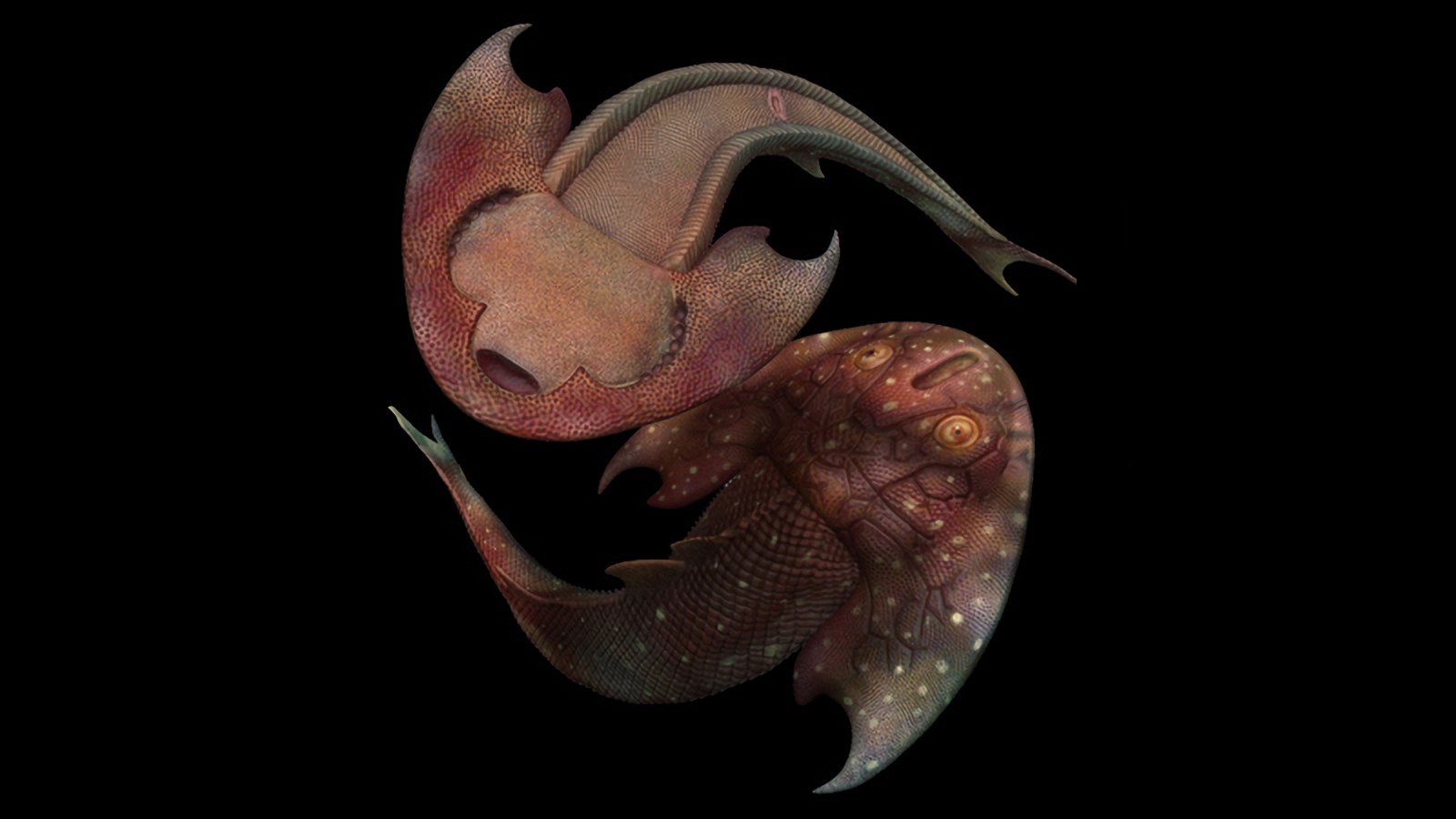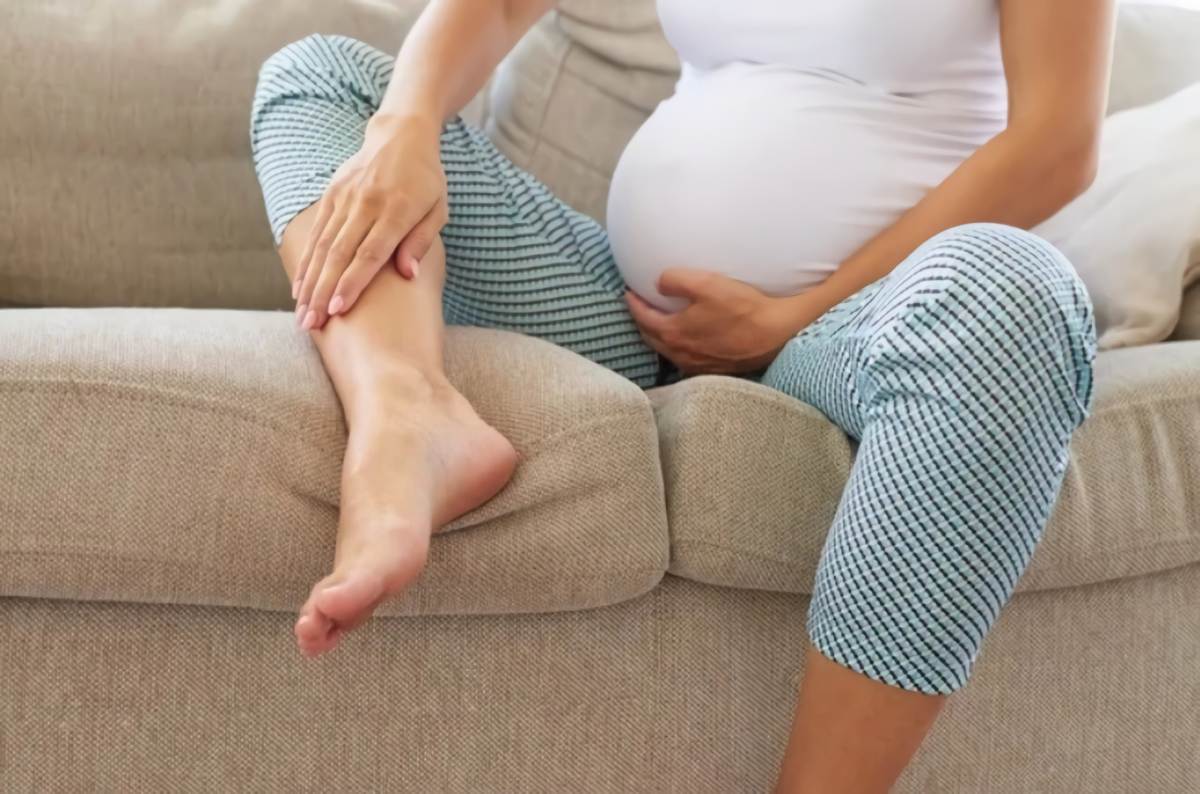Babies act like seasoned divers from the moment they are born; when their face is submerged, they immediately stop breathing and their heart rate lowers. They even do basic swimming motions at the same time. Whence, though, does this arise? Is this something you do automatically? Do we retain this ability as adults or if it disappear somewhere after infancy?
This unique ability to dive is the result of a combination of reflexes. Newborns have a respiratory response that causes them to stop breathing if even a little amount of water touches their face. The same effect is produced by blowing air into the baby’s nostrils or on the baby’s face with a hair drier.
After around five to eight months, however, this protective reflex no longer exists, possibly because by then the brain has developed enough to allow for the conscious regulation of the holding of breath in emergency circumstances. This response is no longer functional in adults and cannot be taught or regained.
The instinct for swimming is very much like that. It’s undoubtedly true that this is one of our most embedded reflexes.
Because there isn’t a single wild animal that can’t float. A cat’s natural aversion to water doesn’t prevent it from swimming.
Likely, the involuntary paddling and rowing actions of babies are likewise a holdover from our animal ancestors. However, they disappear after childhood.
Water on the face slows down the heart rate
The diving reflex in babies is something that everyone has, whether they are a child or an adult. It is most prevalent in marine mammals and other aquatic predators but affects all warm-blooded species. Having our faces submerged triggers the diving response, which slows our pulse rate.
Receptors on the sides of the nose and the forehead set off this reaction. These receptors respond to wet and cold conditions. For this reason, putting one’s face in a bowl of cold water was a common remedy for severe heart disturbances in the past. Their heart rates slowed down because of this diving reflex, which saved their lives in the long run.
The unconscious response of our body to water on our face may be trained if we spend enough time in the water; apnea divers, for instance, exploit this to their advantage by slowing their heart rate and therefore using less oxygen while underwater. The average heart rate of a skilled apnea diver is around 17 beats per minute. Diving goggles may reduce the effectiveness of the diving reflex because they cover the sensitive receptors in the face.
The function the diving reflex
The diving reflex has a clear ecological function for divers and marine animals, allowing them to spend more time underwater before needing to surface for air. In theory, this works to conserve oxygen. This skill may not be vital in regular life, yet it might be a lifesaver in a dire situation.
For instance, it helps people who are drowning in cold water to go longer without oxygen. In 1986, a 2.5-year-old infant was rescued after being immersed in freezing water for 66 minutes. This was due to the diving reflex, which significantly decreased the pulse rate.






